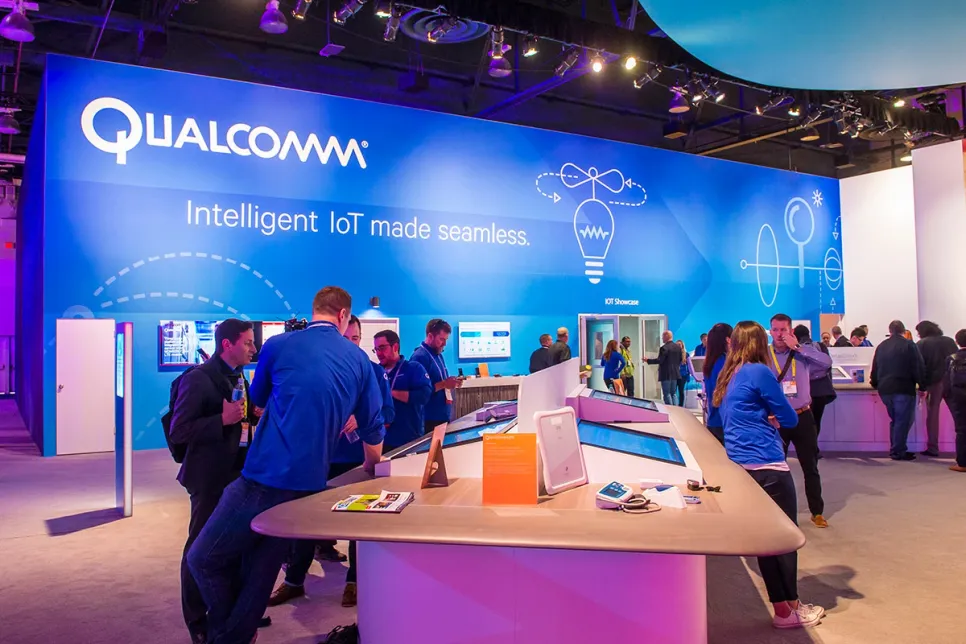Qualcomm Announces Snapdragon 8 Gen 5 Platform
Qualcomm added its latest smartphone platform to its premium-tier Snapdragon range.

Qualcomm announced the first integrated 5G IoT processors that are designed to support four major operating systems, in addition to two new robotics platforms, and an accelerator program for IoT ecosystem partners. These innovations are intended for use in connected intelligent edge solutions.
“Qualcomm Technologies is committed to fueling innovation, creating new business opportunities, enabling the next generation of 5G connectivity and premium edge- AI — and that starts with ensuring accessibility and performance across the ecosystem,“ said Dev Singh, Vice President, Business Development and Head of Building, Enterprise & Industrial Automation at Qualcomm.
The company has upgraded the high-tier SOC QCS6490 and QCM6490 processors, used for a wide range of IoT applications, to support four major different operating systems. An industry first, the SOCs can now run Linux, Ubuntu, and Microsoft Windows IoT Enterprise, in addition to Android. They offer advanced features such as 5G support for global connectivity and geolocation for a broad range of solutions, including connected camera devices such as dashcams, edge boxes, industrial automation equipment (IPC, PLC), autonomous mobile robotics, and more.
The new QCM5430 and QCS5430 processors are Qualcomm’s first software-defined IoT solutions. Combining performance, premium connectivity, and support for multiple OS options, the platforms can scale across a wide footprint of IoT devices and deployment configurations for a visual environment. The processors are designed to support up to five vision sensor inputs, and video encoding at up to 4K30.
Robotics innovators can create the next generation of high-performance everyday robotics and IoT products with the new Robotics RB1 and Qualcomm RB2 platforms, powered by the new QRB2210 and QRB4210 processors. Both platforms are optimized for smaller devices and lower power consumption, making them more cost-effective and accessible for the industry. The platforms feature general compute and AI-focused performance and communications technologies, with built-in support for machine vision support for up to three cameras, providing onboard intelligence to meld this data with sensors from TDK Corporation for applications such as autonomous navigation.